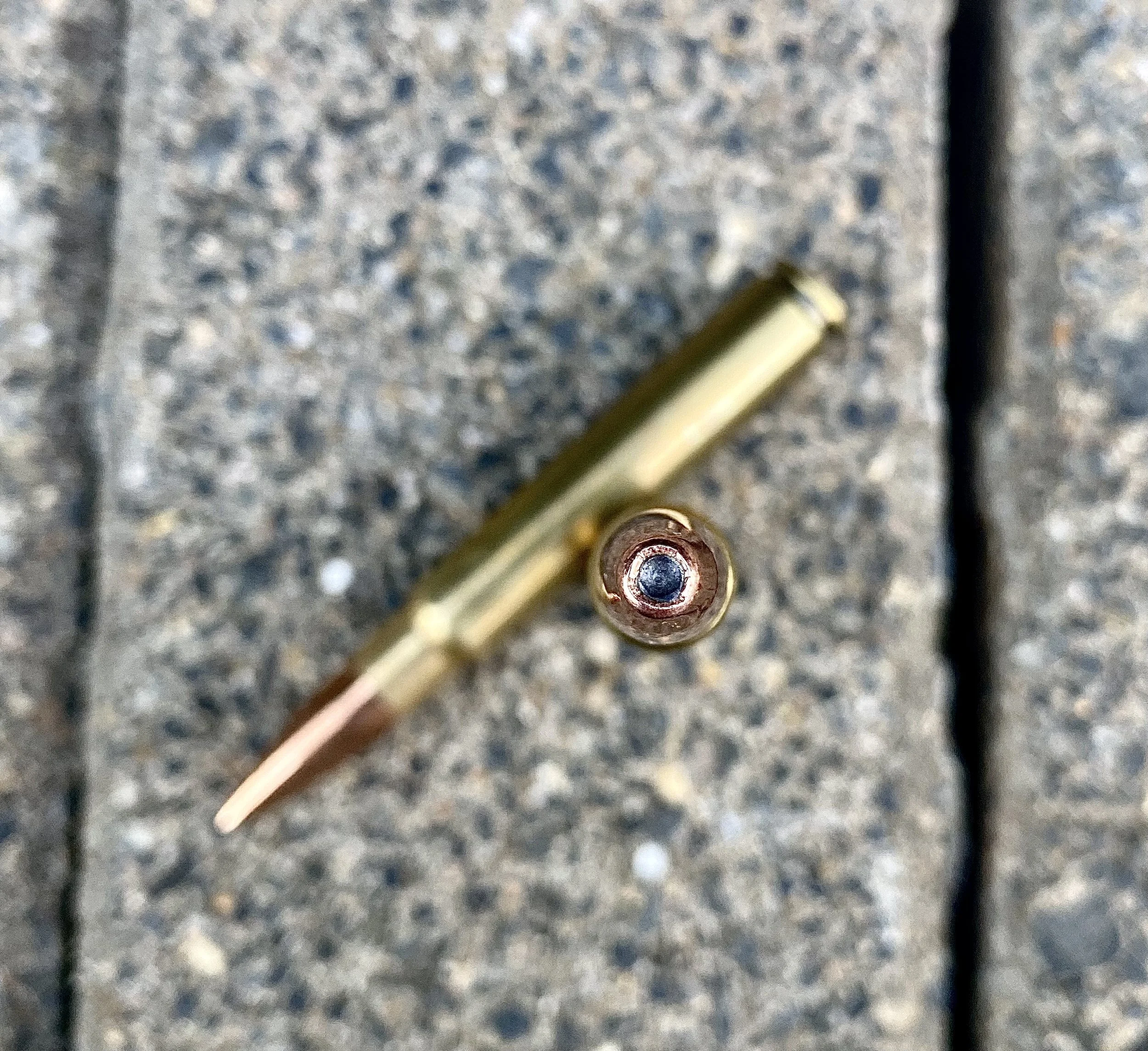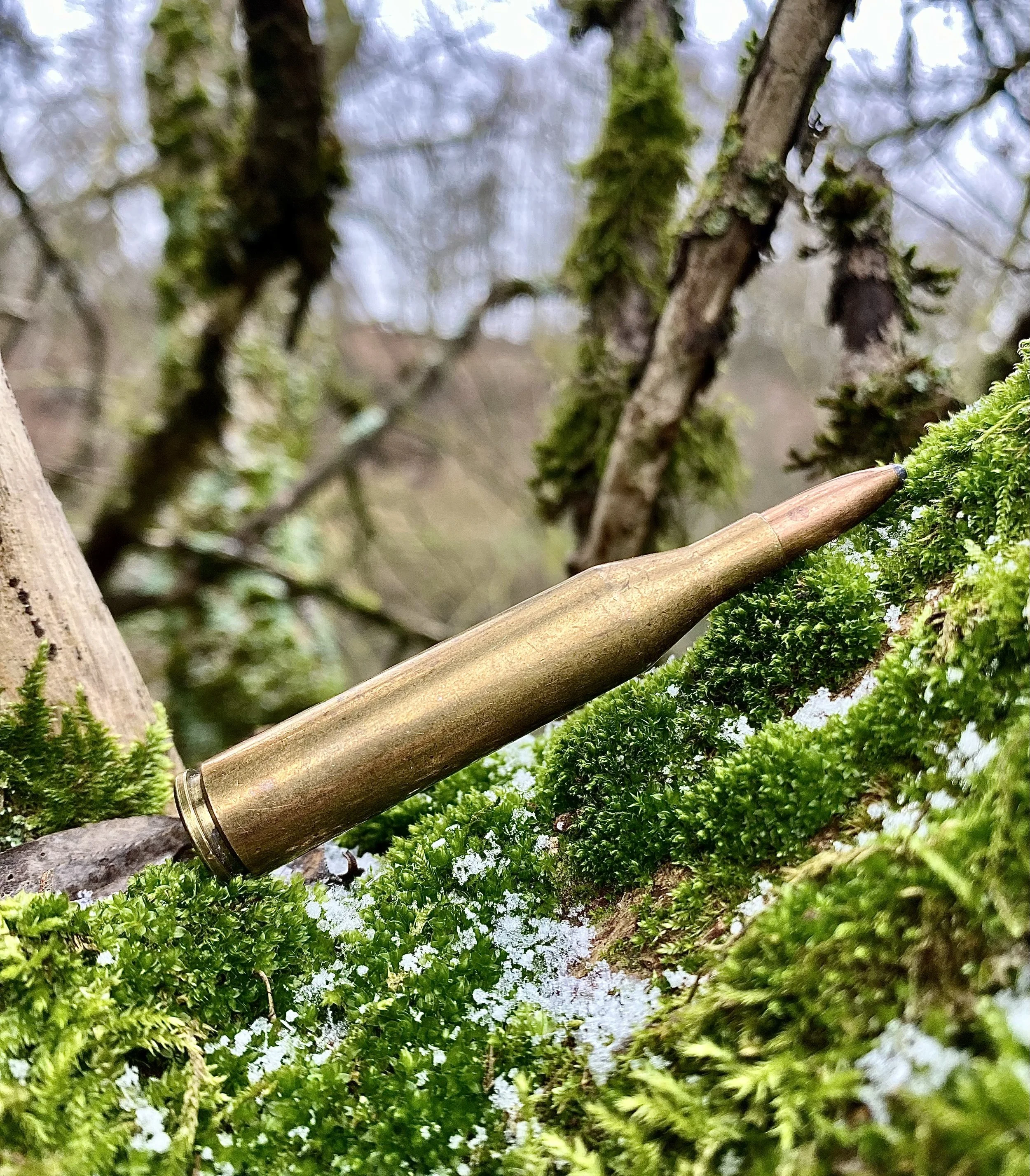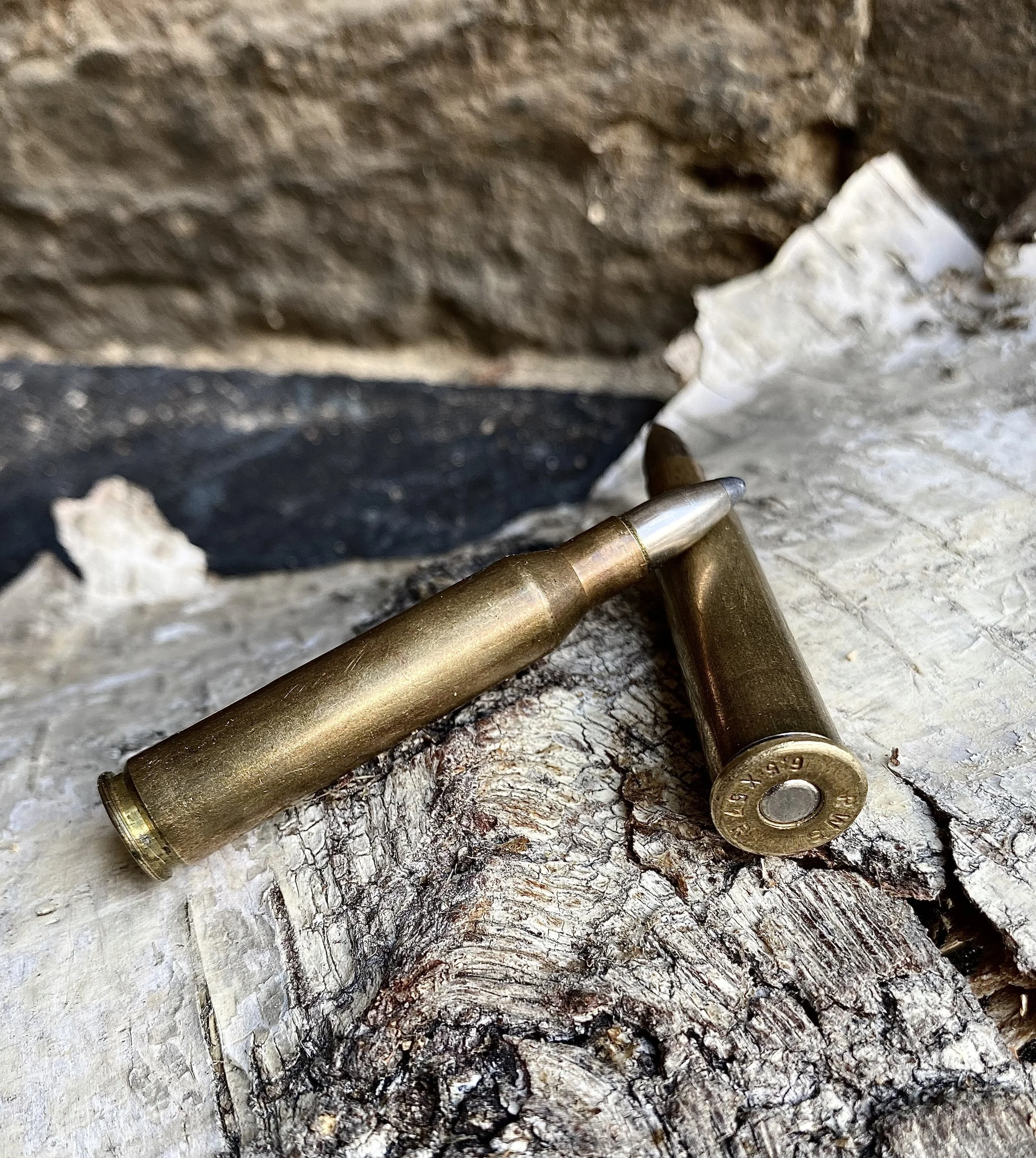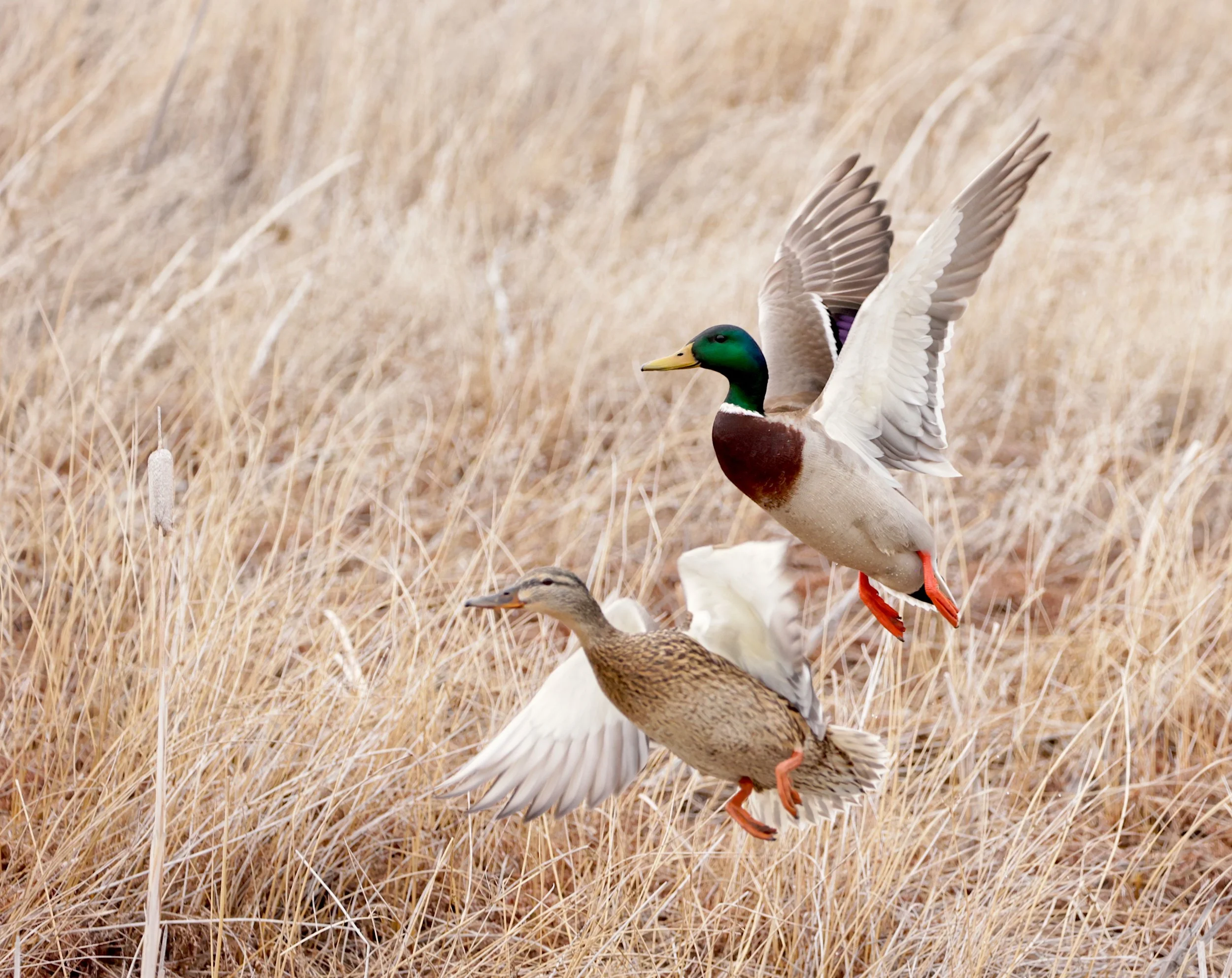Beat The Pheasant Decline
If you love pheasant hunting or merely wish to try it, go this fall because the good old days are about to become the bad old days. Ringneck populations are up in the Dakotas and several other states, but skyrocketing grain prices and weak political support for the Conservation Reserve Program are plowing them into oblivion. Literally. This has happened before. After the halcyon days of the 1930s through 1950s, pheasant populations suffered a steady decline as agriculture changed to favor skunks and coons and clean row crops over thick cover and birds. Farming became more efficient, wild habitat became rare and upland birds like pheasants became scarce. There was a glut of corn and beans, crop prices plummeted and the government -- urged by hunting conservation groups like Pheasants Forever and Ducks Unlimited -- instituted the Conservation Reserve Program beginning in 1985. CRP paid farmers to plant fields to grass. This put more than 30 million acres into soil-saving, water-clarifying, crop-reducing, money-saving grasses in which pheasants, meadowlarks, mallards and dozens of other species thrived. Throughout the 1990s and 2000 we again enjoyed pheasants and pheasant hunting like Grandpa had way back when. Happy days were here again. And now it ends. According to Pheasants Forever, "with commodity prices at or near all-time highs and federal crop insurance coverage buffering the risk of planting marginal lands, grasslands formerly enrolled in the Conservation Reserve Program and previously unbroken native prairie are being plowed up at an astounding rate." I would call it a depressing rate. It's tough to blame farmers for jumping on an opportunity to finally make some profit. Lord knows enough of them went belly up during the early 1980s because of low prices. But we can blame our politicians for forcing production of ethanol. A significant portion of the annual corn crop must by law be sacrificed to inefficient, expensive, heavily subsidized ethanol production. In effect, we're burning pheasants in our cars and trucks. Next spring, with millions of acres of grass freshly plowed to dirt, pheasants across the land will find themselves out in the cold with no place to hide, no place to nest. Skunks, coons, foxes, coyotes and raptors will gorge -- for one season. The crash will be fast and hard. So load up the truck, the kids, grandma and the dog and get to pheasant country while it still is. Numbers are up about 59 percent in North Dakota, 19 percent in South Dakota. Drought is hurting birds in parts of Kansas, Nebraska and other states. CRP destruction has already hammered Iowa birds. Emergency CRP haying has removed grass in many areas. Check before you go, but try your best to get out as often as you can. This could be the last season of the last golden age of the best pheasant hunting this world will ever know. As Pheasants Forever suggests, "It should give pheasant hunters pause, and more reason than ever to get involved in the work of upland conservation." # # #












